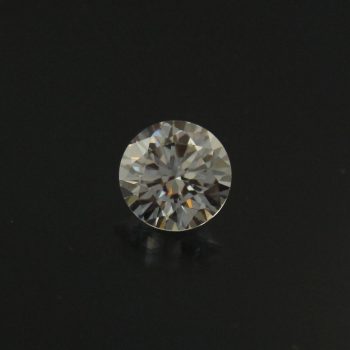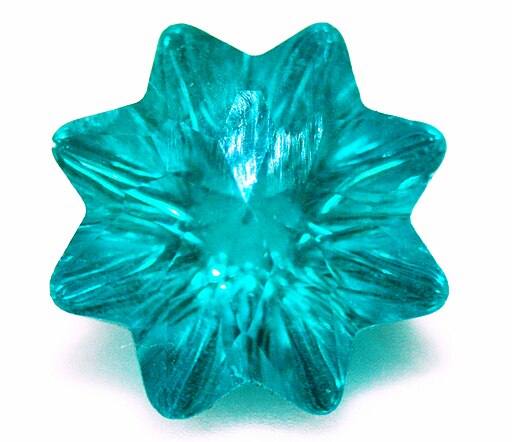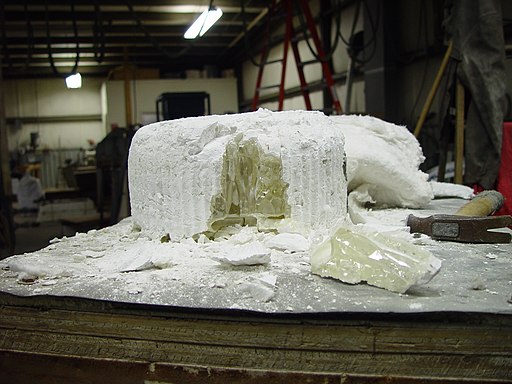Cubic Zirconia
Our category for Cubic Zirconia – a man-made crystal which is clear, durable, cheap, and manufactured in a few different colours.
It is often used as a lower-priced replacement for Diamond – along with the more recently created Moissanite. We do not currently stock a huge variety of these facets but if you have a size and colour you are looking for, please get in touch!
Showing the single result
Appearance, Uses and History
Cubic Zirconia is, of course, primarily used as a substitute for Diamond. CZ jewellery is widely found, in almost every jewellery store in the nation.
A 925 Silver and CZ ring can be found significantly cheaper than most other stones – as little as £15 at one popular high street jeweller. By comparison, the cheapest Diamond rings were around £100 – and these are very small Diamonds.
Clarification
It is important to distinguish between several different terms, which are similar but mean different things.
- Zircon is a naturally occurring mineral; ZrSiO4.
- Zirconium is a silver-white metallic element. It has the elemental symbol “Zr”.
- Zirconia is an oxide of Zirconium; ZrO2.
- Cubic Zirconia is a synthetic gemstone produced to mimic or replace Diamond.
Mineralogy
Photos of Cubic Zirconia
Photos of Cubic Zirconia Jewellery
Photos of the production of Cubic Zirconia
Hazards and Warnings
Almost all rocks, minerals (and, frankly, almost all other substances on earth) can produce toxic dust when cutting, which can cause serious respiratory conditions including silicosis.
When cutting or polishing rocks, minerals, shells, etc, all work should be done wet to minimise the dust, and a suitable respirator or extraction system should be used.
Translations
Arabic:
- زركونيا مكعبة
Hindi:
- घनाकार गोमेदातु
Portuguese:
- zircônia cúbica
Bengali:
- ঘন জিরকোনিয়া
Indonesian:
- zirkonia kubik
Punjabi:
English:
Italian:
- zirconi cubici
Russian:
- кубический цирконий
French:
- zircone cubique
Japanese:
- キュービックジルコニア
Spanish:
- zirconia cúbica
German:
- Zirkonia
Korean:
- 큐빅 지르코니아
Thai:
- ลูกบาศก์เซอร์โคเนีย
Gujurati:
- ક્યુબિક ઝિર્કોનીયા
Mandarin and Traditional Chinese:
- 立方氧化锆
Urdu:
- کوبیک زیرکونیا









